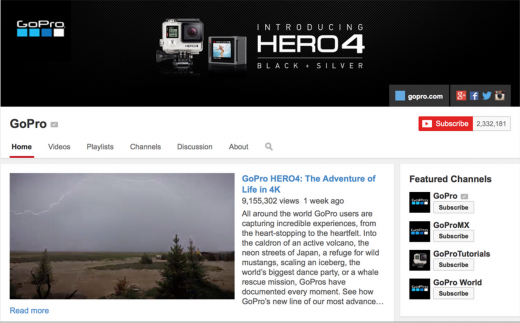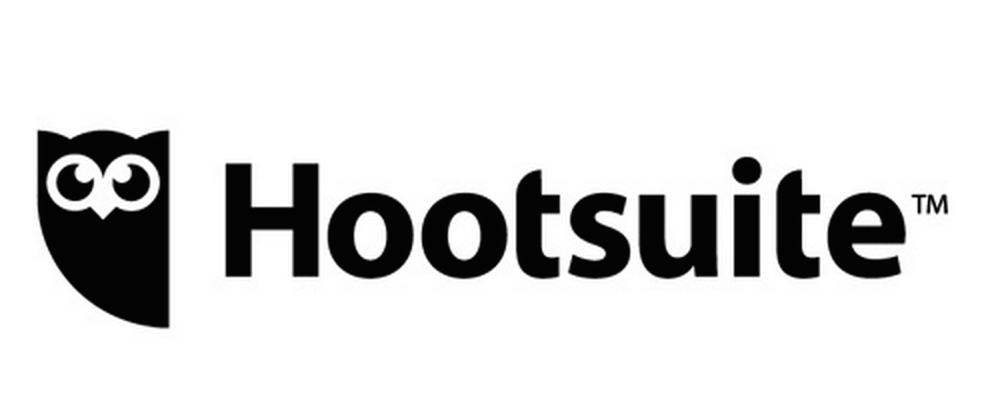
It’s hard to believe that Facebook is now more than a decade old. In a few short years, the platform evolved from a small network of Ivy League students to an identity management resource for people around the world. Today, Facebook touches the lives of more than 1 billion people worldwide.
Consumers rely on Facebook to discover new content, stay in touch with loved ones, express themselves, and share their major life milestones. It’s no surprise that brands have ventured into this ecosystem, jumping into conversations at key “stream of consciousness” moments.
And consumers are listening to what brands are saying—quarter after quarter, the social media giant generates billions of dollars in ad revenue.
In some marketing circles; however, social media has a bad rap—particularly in the C-suite. Some leaders are skeptical about whether social media ROI is measurable. Some marketers have even attempted to quantify the value of a social media status update or Tweet.
These perspectives, while well-intentioned, will often put marketing teams in a social media trap. In chasing sales and revenue, it’s easy to overlook social media’s core asset: ROI driven by genuine, human relationships. The path will never be as clear cut as a linear y = mx + b formula. Paths to sale are convoluted, and social media is just one part of the journey.
An effective social media plan depends on your organization’s unique growth levers—the opposite of a cookie-cutter approach. Here are some strategic ideas to guide you:
1. Use social media to improve cross-team relationships
According to Altimeter’s recent State of Digital Transformation report, 56 percent of organizations find cross-department collaboration difficult. That’s because people are swamped with heavy workloads—heads down in front of their computers, pushing through to stay on top of day-to-day responsibilities.

It’s hard to take breaks to get to know colleagues—especially ones on different teams, who you don’t interact with every day. Not to mention, there’s a rising trend surrounding remote work, as many offices are evolving into virtual settings with geo-dispersed team members.
The New York Public Library, for instance, uses Hootsuite to coordinate a decentralized team of experts. Rather than implementing a centralized Social Team to respond to inquiries, @NYPL tapped into the existing, extraordinarily deep knowledge base of librarians by training and empowering them to collaborate on community-generated requests.
Social media can also help your team stay connected. You may decide to create a Facebook group, follow similar Twitter feeds, or integrate your LinkedIn profiles with an internal communication platform. The key is that you all have a forum to share ideas, express your values, and unite around a shared goal.
The possibilities are limitless—and can be as high touch or low maintenance as you’d like.
2. Monitor customer conversations
Social media gives brands a direct lens into their customers’ conversations. Through platforms like Facebook and Twitter, you can easily see what people are saying about your brand—both directly and indirectly.
In addition to broadcasting your messaging, you can actively listen to what your audiences are saying to ensure that your brand can deliver upon its unique value.
GoPro, for instance, has taken this strategy to heart. A key part of the company’s social media efforts involves finding and featuring videos created with GoPro cameras—giving customers a chance to be a part of the brand’s YouTube spotlight. GoPro also listens broadly across different social networks for brand mentions to consistently respond to comments every single day.
According to Econsultancy, GoPro is the fifth-largest brand on YouTube—a distinction shared by only 2 percent of the top 5,000 YouTube channels. The secret to success? Active listening.
Across organizational functions, from sales to product development and marketing, it’s mission-critical to have a pulse on your audience’s core needs and values, from multiple perspectives. The more you listen, the closer you will be to your customers.
This strategy has been one that has been emphasized by startups and enterprise organizations alike, demonstrated through concepts like Lean Startup and lean product development. The more connected you are to your audience, the better product, marketing, and sales strategy you’ll be able to build.
3. Create behavioral targeting mechanisms
An earlier part of this article mentioned that it’s extremely challenging to quantify the ROI of social. That statement is only part of the story. Years ago, it was impossible to quantify the value of social media, but today, companies are collecting volumes of data to better understand user behaviors online.
Social media is one variable in this ROI equation, which makes it possible for brands to see how likes, Tweets, follows, and shares fit into their companies’ unique revenue pictures. You can analyze your most valuable customers by traffic source, for instance—looking at social media as both a direct and indirect touchpoint.
Organizations with these analytical capabilities are able to conduct broad global listening and feed this information back into their reporting, connecting the dots between internal data and corporate analytics accounts. It’s possible to monitor millions of data sources through automated notifications that reveal spikes in sentiment, mentions, and global trends.
Social data can be integrated directly into your Google Analytics and Facebook Insights accounts, making it possible to track end-to-end conversions. Teams can then piece together full customer journeys, track conversations both on and offline, and analyze geographic disparities.
Final thoughts
Businesses need to be social at multiple touch points, internally and externally. The key is to look for areas within your organization where social media can bring new opportunities for growth, collaboration, and direct consumer connections. Look for where your business is already strong—those will be your biggest ROI drivers.
Read next: The metrics you need to know to measure social media customer satisfaction
Featured image credit: Picjumbo
Get the TNW newsletter
Get the most important tech news in your inbox each week.









